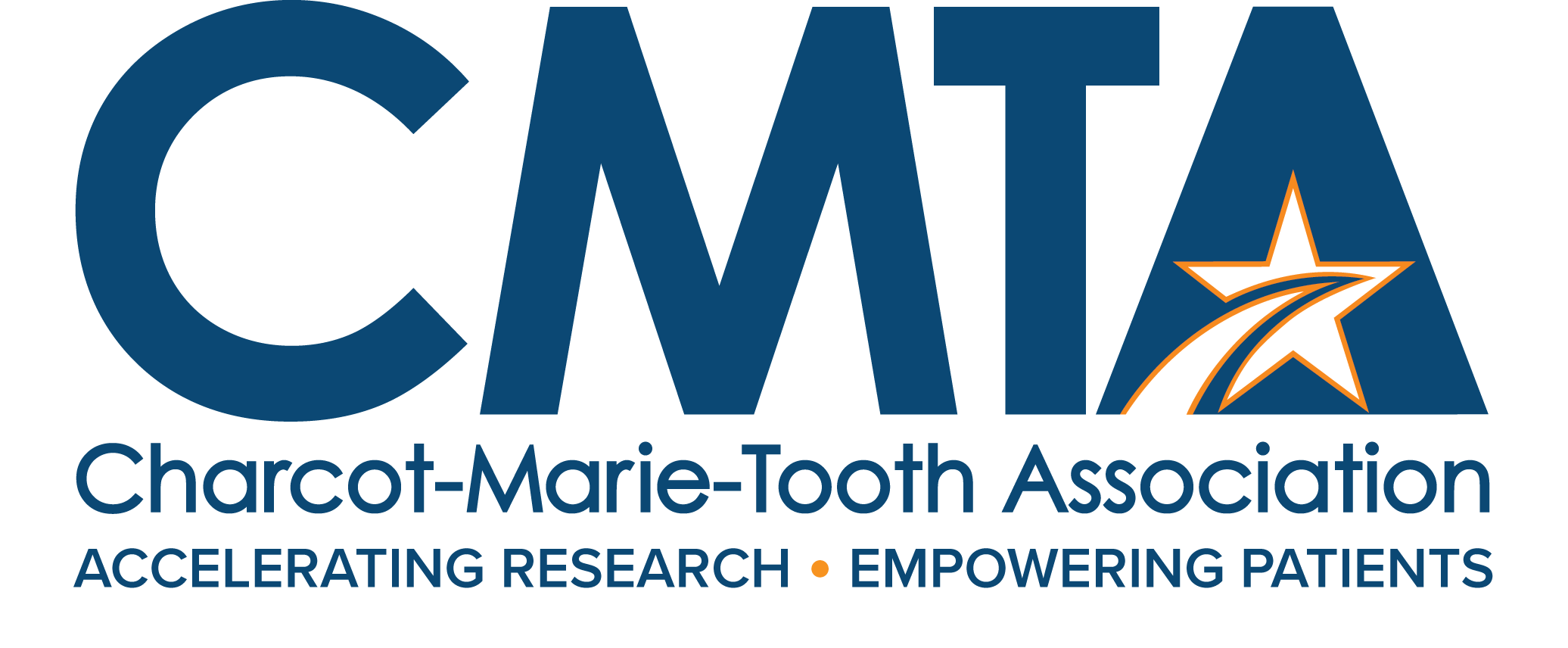-
How will pregnancy affect my CMT?
This is an area of ongoing investigation. The most extensive published data comes from our group a few years ago and was published in Neurology (Swan et al, Neurology 2007: Women and men are equally disabled by Charcot-Marie-Tooth disease Type 1A). Briefly, we found that a number of women felt that their symptoms were worse during or shortly after pregnancy, but ultimately they did not appear to be more disabled with CMT1A than women who had never been pregnant or than men with CMT. This was and is an important question not just for women who might become pregnant, but for anyone who might be treated with progesterone antagonists. The question is now being looked at prospectively in a couple of our consortium sites.
-
What is the current opinion regarding regional anesthesia? Is a labor epidural contraindicated? Is a spinal anesthesia contraindicated? Is lidocaine a problem?
There have been a number of reports of successful regional and epidural anesthetic exposures for pregnant CMT patients, but the literature is not extensive. I am not aware of any credible complications or worsening of neuropathy with conventional local or epidural agents, including lidocaine. Other important considerations include the general health of the patient and any other medical problems, especially of the heart or lungs, and any family history or anesthesia reactions, especially malignant hyperthermia (mostly associated with inherited muscle, not nerve) disorders. The patient, however, should discuss the pros and cons with the treating anesthesiologist prior to consenting to any procedure.
Examination of a Recent Publication Regarding Pregnancy and CMT
[The following commentary is made in reference to Pregnancy course and outcome in women with hereditary neuromuscular disorders: comparison of obstetric risks in 178 patients, Eur J Obstet Gynecol Reprod Biol. 2012 June;162(2):153-9. The abstract is available here: http://www.ncbi.nlm.nih.gov/pubmed/22459654, and the full text may be purchased here: http://www.ejog.org/article/S0301-2115%2812%2900091-7/fulltext.]
A recent publication (Awater et al. 2012) has suggested that pregnancy may be a risk for women with neuromuscular disease, including CMT. We are concerned about these conclusions with respect to CMT for several reasons.
First, the study collectively included women with various forms of neuromuscular disease, so it was not specific to women with CMT. Some of the women in the study had various forms of muscular dystrophies (MD), spinal muscular atrophy (SMA), myotonic dystrophy (DM), and various forms of CMT. All of these disorders represent different diseases and involve different parts of the nervous system. Additionally, this group of disorders is highly variable in terms of the severity of symptoms, as some of the neuromuscular diseases included can be much more severe than CMT. Thus, it is not certain which diseases are more likely to be associated with problems.
Secondly, we have followed many women with CMT going back as far as 1996. We have not noted problems with the vast majority of women with CMT during childbirth or pregnancy. Therefore, the findings in this study do not reflect our experience.
Thirdly, none of the complications listed in their table were significantly increased in women with CMT.
Finally, this is a retrospective or “chart review” study in which the authors have not examined any of the patients. The study design was based on a review of the medical history and questionnaires where women were asked if they experienced deterioration of symptoms after their pregnancy. To the best of our knowledge, symptoms from CMT have not worsened after pregnancy or childbirth, and they have not impaired the health of women during pregnancy. This is based on evaluations performed on patients since 1996 with standardized outcome measures being used longitudinally on all patients.
Michael Shy, MD
Shawna Feely, CGC
Steven Scherer, MD, PhD





